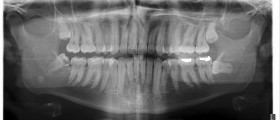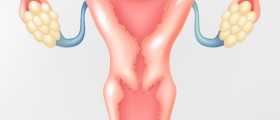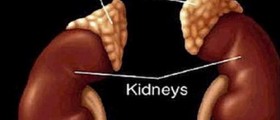
The types of ovarian cysts
Ovarian cysts are actually small sacks filled with fluid, which form either on the surface of an ovary, or inside of it. They are very common problem of women today, but luckily, in the majority of the cases, they do not cause any problems and they usually go away on their own, and do not even require any treatment. They can be cancerous or noncancerous, and types that a woman may develop include:
follicular cyst, which usually forms in the period of ovulation, and disappears by itself;corpus luteum cyst, which forms after the release of an egg from a follicle, which then fills with fluid or blood instead of breaking down and disappearing, which is what happens if a woman does not stay pregnant;dermoid cyst, which is more likely to occur in young women, and which is a kind of benign tumor, similar to those that contain hair, or bone, for example;hemorrhagic cyst, which is formed because of the bleeding inside of it, and which may be followed by pain;endometrioid cyst, which occurs if endometrial tissue begins to grow in ovaries, and which may interfere with fertility;cystadenoma, which is also a kind of a benign tumor, usually filled with fluid that is similar to mucous.Complications of ovarian cysts
We have already mentioned that, luckily, the greatest majority of ovarian cysts are not dangerous, and they disappear on their own. However, it is necessary to monitor their growth, because in some cases they may require birth control pills, for example, since in that way their development may be prevented, or they may require a surgery procedure and removal, in cases where they cause pain and significant problems with health.
A reason more why it is necessary to have regular checkups and monitor the cysts and their development is related to the fact that only in that way possible complications will be prevented. And there certainly are complications regarding this not so serious condition, even though they tend to occur rarely. They include the appearance of adhesions, ruptures that may provoke internal bleeding or even shock, peritonitis, and abdominal hemorrhage. Ovarian cysts may lead to the twisted ovarian cyst, formation of pelvic mass, and pain in the abdomen, which are all possible complications as well, while ovarian cancer is one of the most serious complications of this condition, which occurs when cysts become malignant.

















Your thoughts on this
Loading...